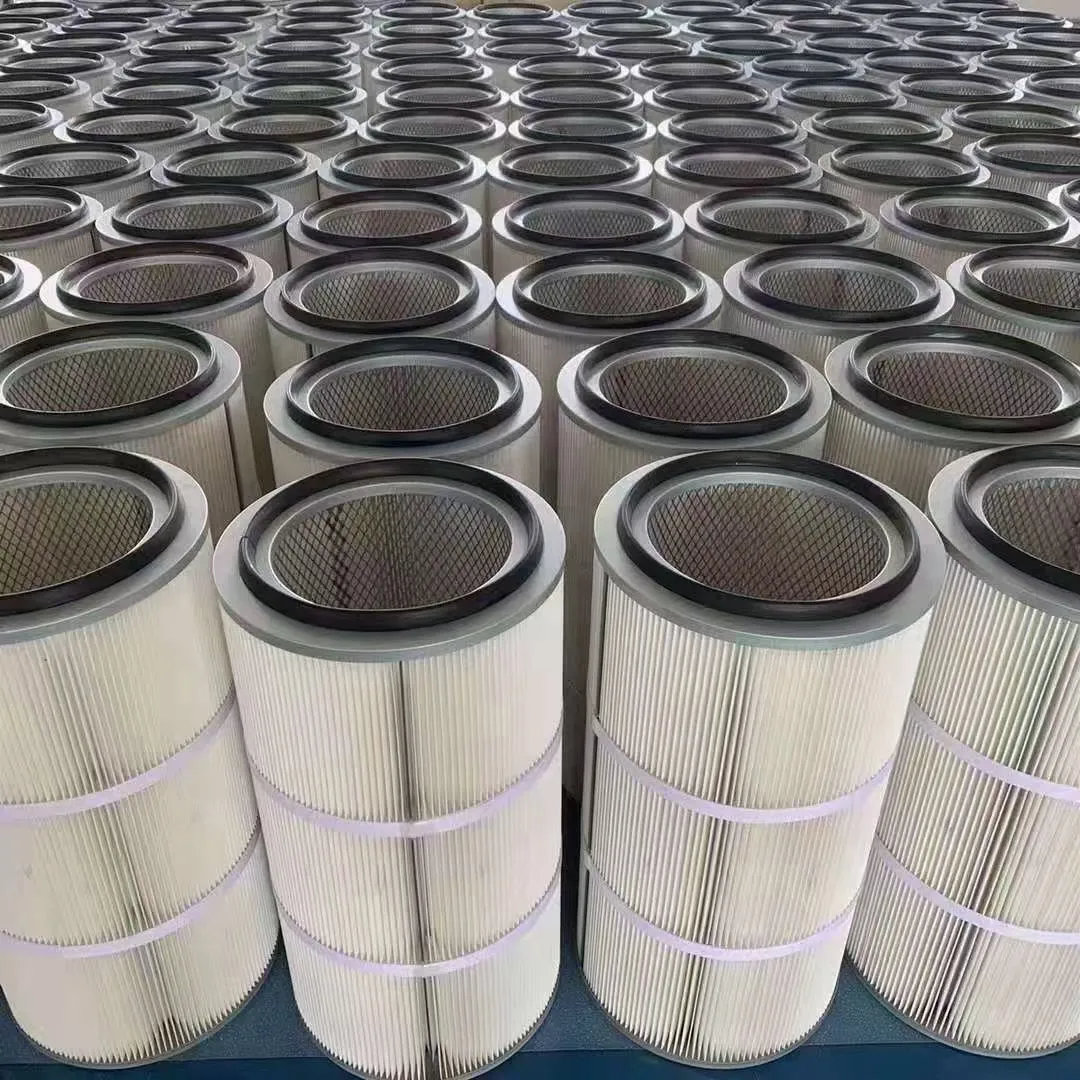 Tel:
+8615930870079
Tel:
+8615930870079
ธ.ค. . 17, 2024 02:07 Back to list
High-Efficiency Dust Filter Cartridge for Improved Air Quality and Performance
Understanding Dust Filter Cartridges Importance, Types, and Maintenance
Dust filter cartridges are integral components used in various industries to maintain air quality by removing airborne particles and contaminants. These cartridges serve as effective filtration devices, ensuring that the air we breathe and the environments we operate in are clean and safe. In this article, we will explore the significance of dust filter cartridges, the different types available, and the best practices for their maintenance.
Importance of Dust Filter Cartridges
The primary purpose of dust filter cartridges is to capture particulate matter, including dust, pollen, smoke, and other harmful pollutants. This is crucial for maintaining indoor air quality and safeguarding the health of workers in industrial environments. Poor air quality can lead to respiratory issues, reduced productivity, and long-term health complications. By using dust filter cartridges, companies not only comply with regulatory standards but also promote a healthier workplace.
In addition to health benefits, dust filter cartridges contribute to the longevity of machinery and equipment. By preventing the accumulation of dust and particulates inside machines, these filters help reduce wear and improve operational efficiency. This ultimately translates to lower maintenance costs and increased longevity of equipment, making the investment in high-quality dust filter cartridges worthwhile.
Types of Dust Filter Cartridges
Dust filter cartridges come in various types, each designed for specific applications and filtration needs. Here are some common types
1. Baghouse Filter Cartridges Typically used in larger industrial applications, these cartridges are designed to handle high dust loads and provide excellent filtration efficiency. They are commonly found in cement plants, woodworking shops, and metalworking facilities.
2. HEPA Filters High-Efficiency Particulate Air (HEPA) filters are highly effective at capturing very small particles, including allergens and bacteria. They are commonly used in cleanrooms, hospitals, and laboratories where air quality is paramount.
dust filter cartridge

3. Pleated Filters These cartridges have a larger surface area due to their pleated design, allowing them to capture more dust without clogging. They are suitable for both residential and commercial applications, offering a balance between cost and efficacy.
4. Activated Carbon Filters Although primarily used for odor control, activated carbon filters can also capture some particulate matter. They are often used in conjunction with other filter types for comprehensive air purification.
Maintenance of Dust Filter Cartridges
To ensure the optimal performance of dust filter cartridges, regular maintenance is essential. Here are some best practices
1. Regular Inspection Periodically check the condition of the cartridges to identify any signs of wear, such as tears or excessive dust accumulation. Early detection can prevent larger issues down the line.
2. Timely Replacement Establish a replacement schedule based on the manufacturer's recommendations and the specific application. Over time, filters lose their effectiveness, and timely replacement is crucial to maintaining air quality.
3. Cleaning Some cartridges can be cleaned and reused, depending on their construction and the type of dust they capture. Follow the manufacturer's guidelines for cleaning procedures to avoid damaging the filter.
4. Record Keeping Maintain a log of inspections, replacements, and cleaning activities. This documentation can help identify patterns and ensure compliance with health and safety regulations.
In conclusion, dust filter cartridges play a vital role in ensuring clean air and protecting health in various industries. By understanding their importance, exploring the different types available, and adhering to maintenance best practices, businesses can enhance air quality, improve equipment longevity, and promote a healthier working environment. Investing in quality dust filter cartridges is not just a regulatory requirement; it is a commitment to safety and operational excellence.
-
Types and Applications of Air Filtration CartridgesNewsJul.28,2025
-
The Role of Gas Turbine FiltersNewsJul.28,2025
-
Mastering Air Filter Cartridge UseNewsJul.28,2025
-
Advanced Turbine Filters for Modern Gas TurbinesNewsJul.28,2025
-
Cellulose Air Filter Cartridge Advantages in Dust FiltrationNewsJul.28,2025
-
Cellulose Filters for Air Particle ReductionNewsJul.28,2025

 Email:
Email:





